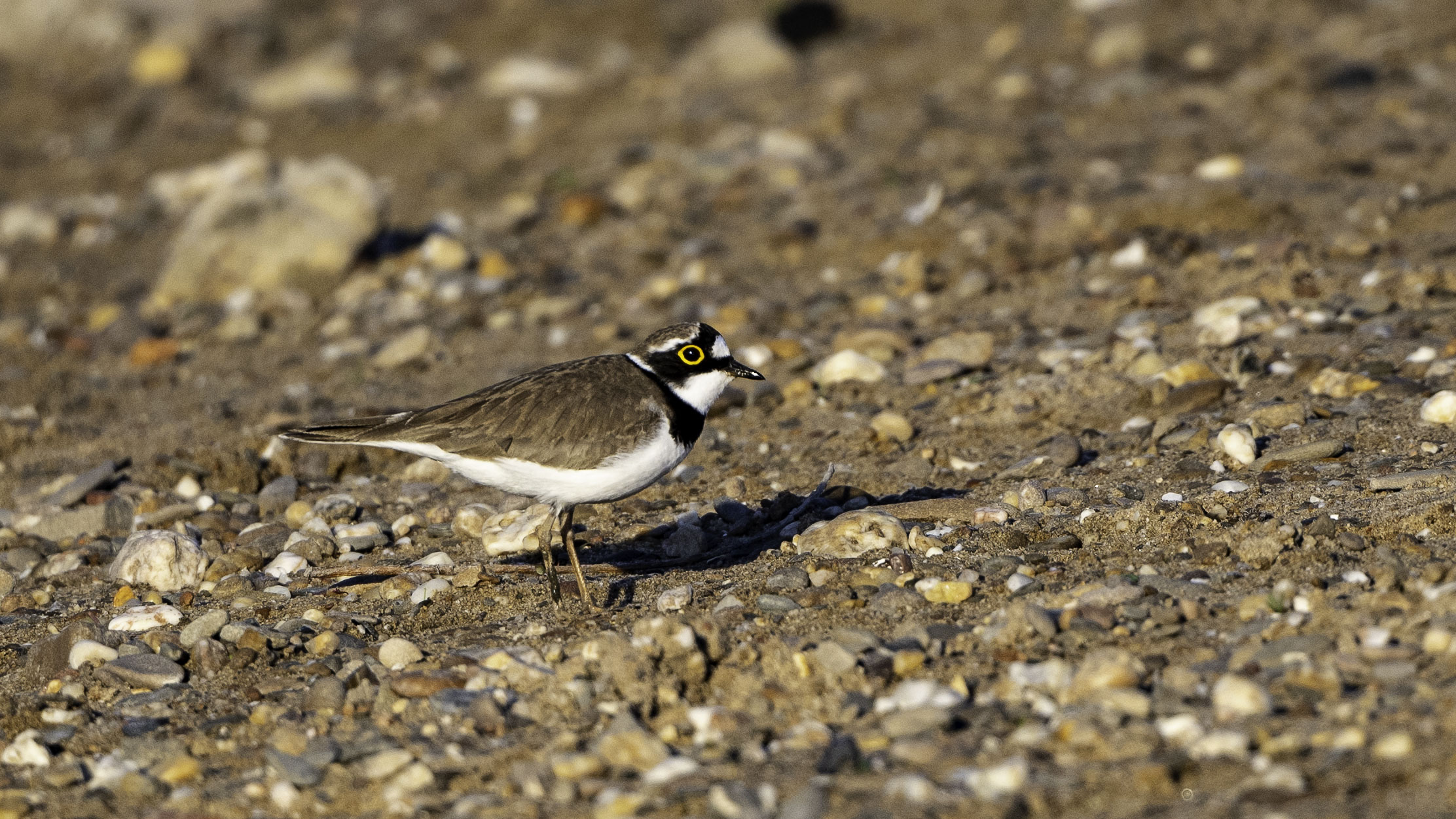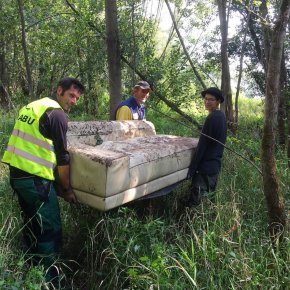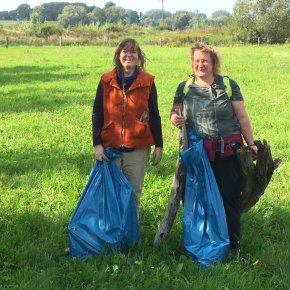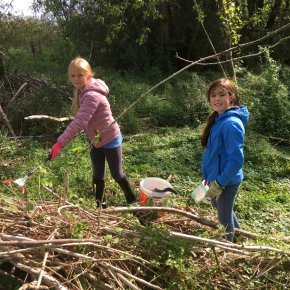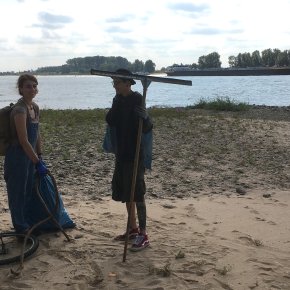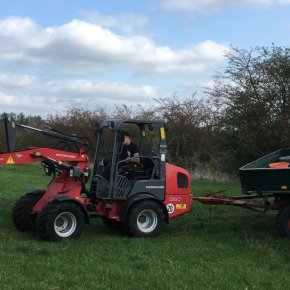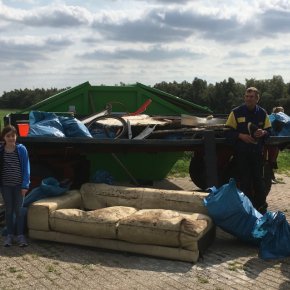News
Winter in the Emmericher Ward
- Details
"Real" winter on the Lower Rhine! There is up to 50 cm of snow in the Emmericher Ward! Parts of the flooded Emmericher Ward are frozen and the geese have looked for other resting places. After the water has receded a bit, one can see exactly how high it was. The green areas were under water during the snowfall and are now emerging again.



Winter impressions in the Emmericher Ward (Photos: Thomas Chrobock).
Emmericher Ward flooded
- Details
Heavy rainfalls in the South of Germany caused a flood in the Rhine. Also the Emmericher Ward is almost completely flooded now. Only the higher elevated places are above the water level. On these, lots of arctic wild geese, as well as ducks and gulls are resting on them. According to the forecasts, the flood will remain for some time.


Winter flood in the Emmericher Ward (Photos: Thomas Chrobock).
They´re back again!
- Details
Also this winter, the Emmericher Ward serves as a resting place for numerous geese. Currently, there are several hundred geese at certain places in the Emmericher Ward. The majority of them are white-fronted geese, but also grey geese, bean geese and barnacle geese are among them. With a little luck, they can be observed directly from the dyke´s path.
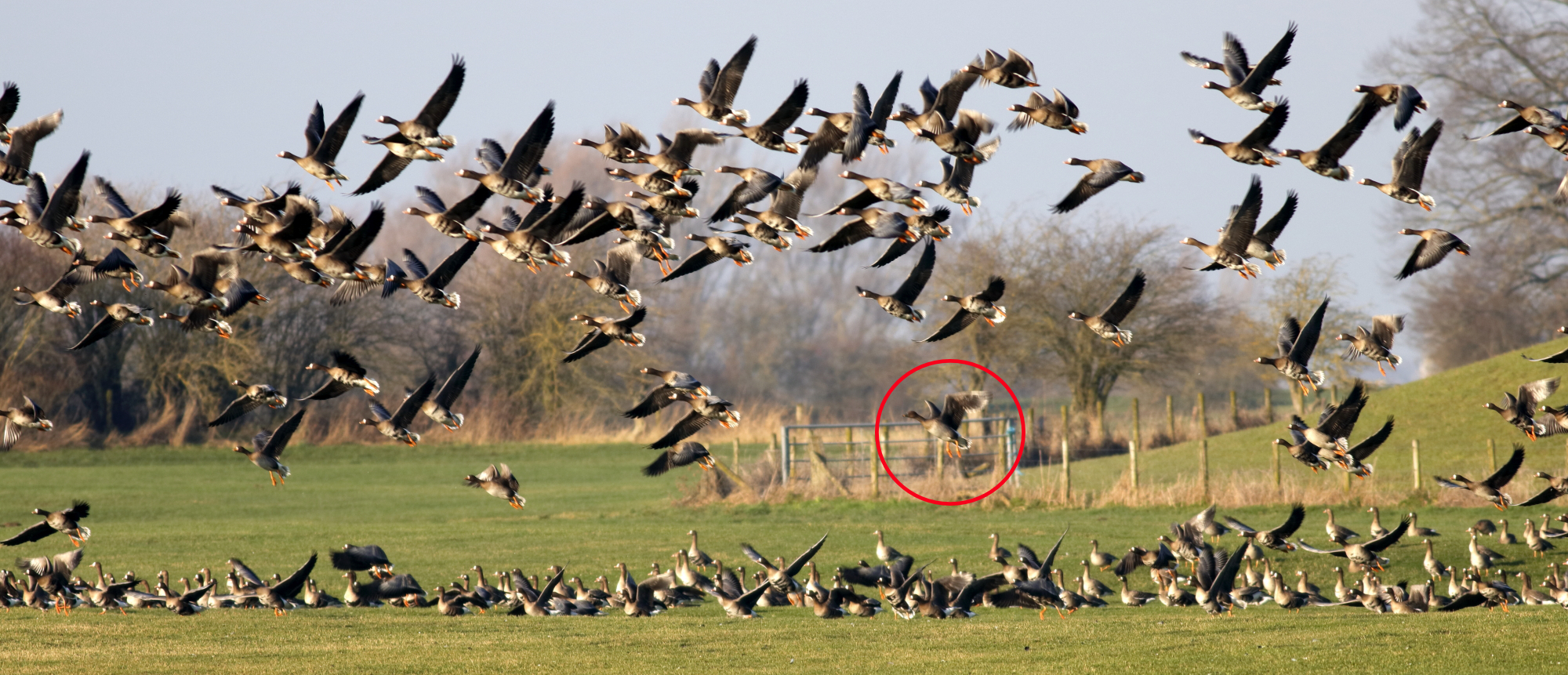
A flock of white-fronted geese in the Emmericher Ward. There is, at least, one bean goose on the picture, see red circle (Photo: Thomas Chrobock).
Seeds of rare plants sown in the Emmericher Ward
- Details
One of the project´s objectives is to re-establish plant species that have become very rare or even vanished in the Emmericher Ward. Some time ago, we were able to collect seeds of meadow sage (Salvia pratensis), lesser meadow-rue (Thalictrum minus), crested hair-grass (Koeleria macrantha) and small scabious (Scabiosa columbaria). Now, we brought out the seeds. We prepared small plots in the meadows by removing the existing vegetation. Than, we carefully sowed the seeds and covered them with some soil. Hopefully, the seeds will come up and we will see some plants next year.
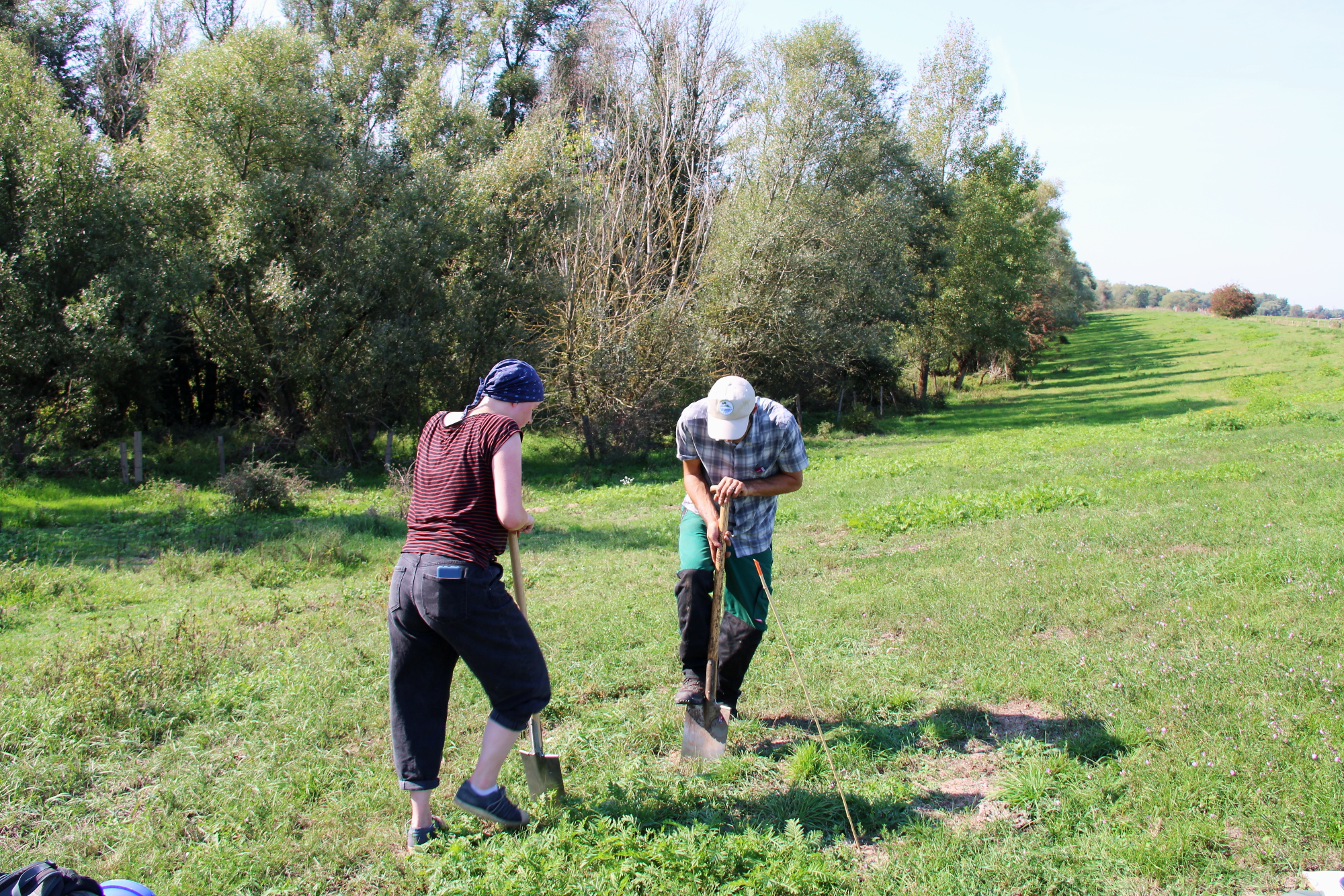
Preparation of a seedbed.
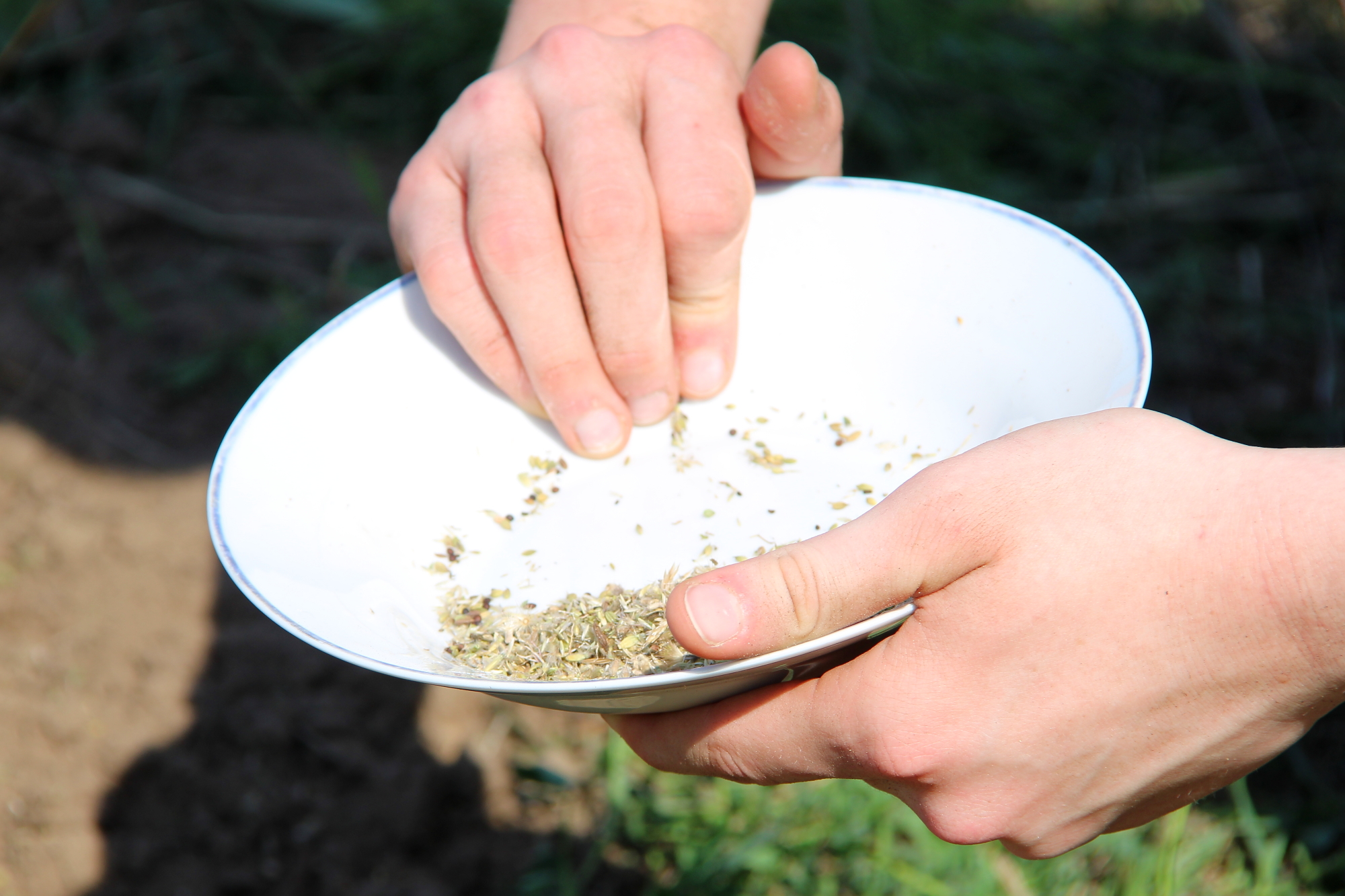
Carefully, we bring out the seeds.
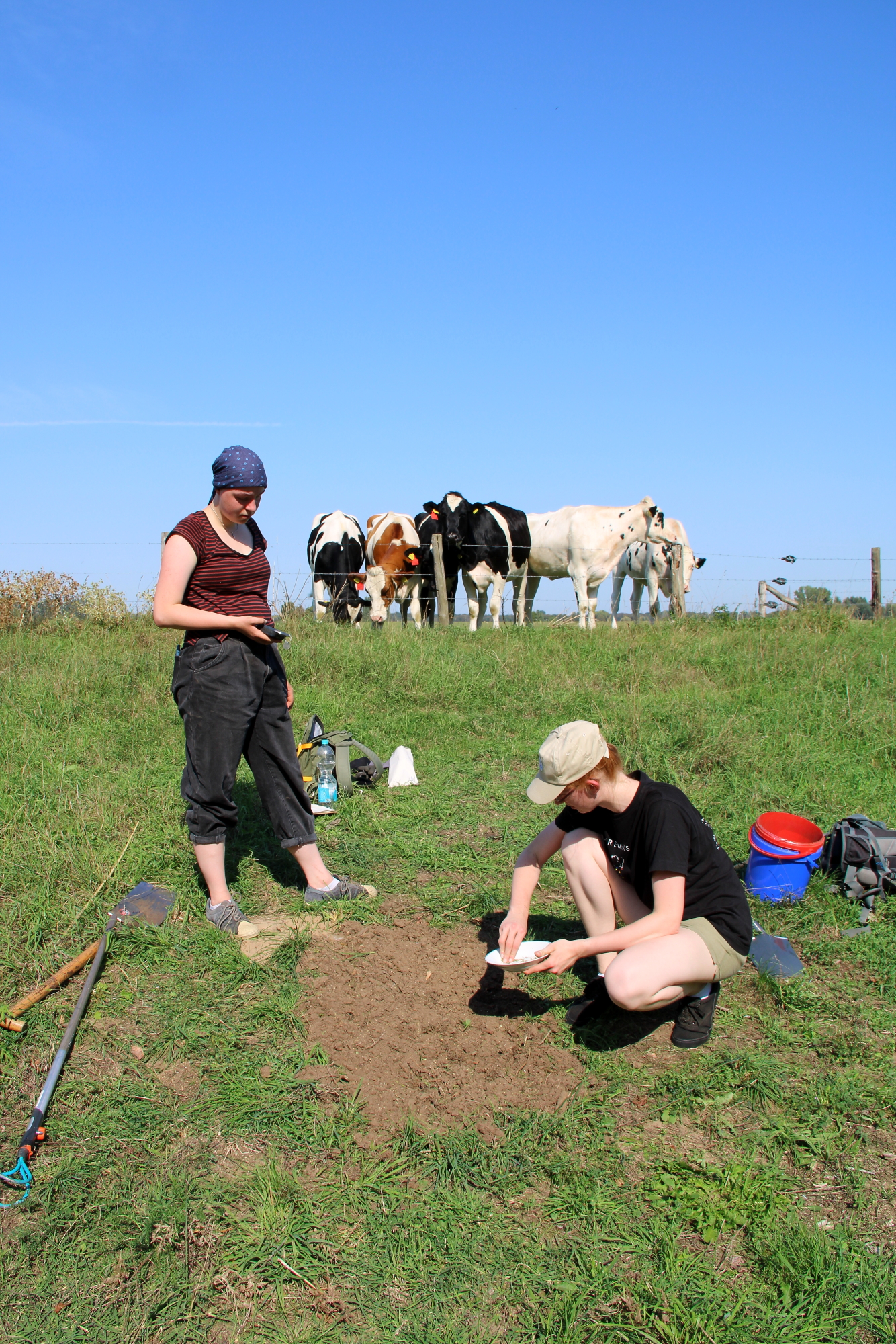
Some locals take a closer look.
RhineCleanUp 2020
- Details
Many thanks to everyone involved, the city of Emmerich for the logistical support and the Team RhineCleanUp for organisation!
More on RhineCleanUp at: https://www.rhinecleanup.org/en
Breeding rafts for Black Terns removed
- Details
The breeding season of the Black Terns (Chlidonias niger) at the Lower Rhine is over. Unfortunately, the breeding rafts we brought out in the Emmericher Ward were not used by them. But, at least, some other birds used them. Additionally, we found a lot of insect larvae as well as numerous amphipods (Gammarus sp.). The latter point to a relatively good water quality. We hope, that the Black Terns will come next year to breed.
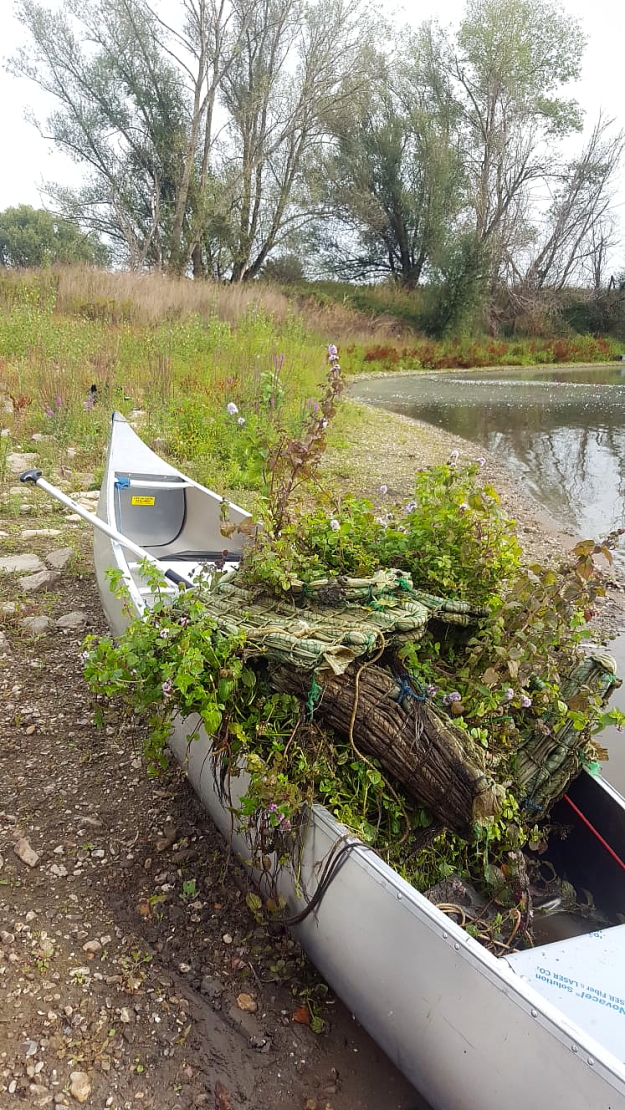
The breeding rafts with planted Water-mint were removed from the water (Photo: Kaya Ludian).





